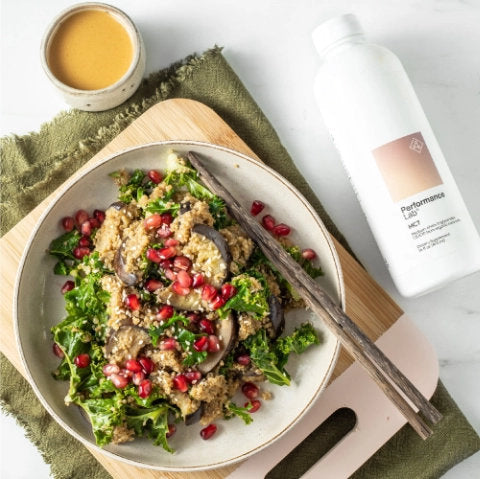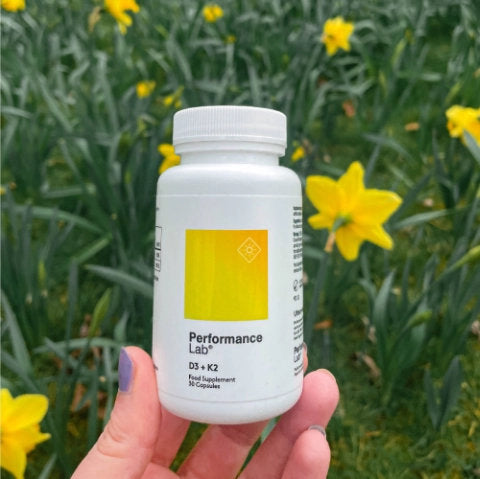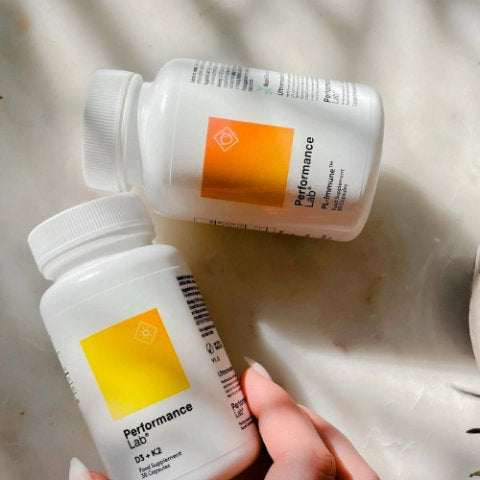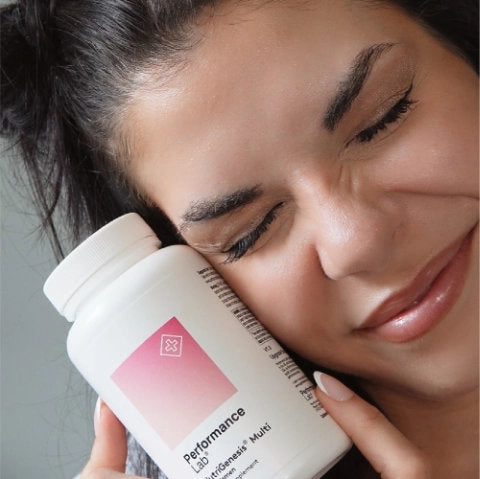I'm not too fond of the term superfood. It's such a marketing tool, and it's been applied to so many foods it's lost all real meaning.
Why does that matter? Because when I say turmeric is a legitimate superfood, super-seasoning, or super-spice, it's a big deal. It's one of those foods we should probably all be using more often in cooking.
Today we're going to look at what it does, specifically for your joint health. Turmeric is a well-known traditional medicine for joint health and pains, but what does the science say? Does this reputation carry over? What limitations are there–and how might you use it?
Stick with me, and you'll have answers to all of these questions…
What is Turmeric?
Turmeric is a dye and foodstuff that is intensely yellow, and it's important because it provides a massive curcumin dose. This is a powerful compound that is associated with improvements in a wide range of health factors.
Turmeric is a powder that is rich in curcumin without requiring specialist supplementation–and appears to be a great way to include curcumin in your food/diet without too much effort. The plant form is also rich in fiber and heme iron, which is pretty rare for plant food.
These factors are why turmeric is so important: it has unique and curcumin-based benefits that make it a great inclusion in your diet. Supplements and culinary options both exist and have similar benefits.
Joint Health
Joint health is no joke–it's a common aspect of the human experience, especially as we age and deal with various activity and exercise types. Whether you're aging and want to protect yourself–or you're trying to strengthen your joints for some heavy training.
Joint injuries break down into the immediate, catastrophic kind and then the overuse kind where "wear and tear" add up. These are both affected by similar pressures.
However, how strong is the tissue? How much is it being loaded? Are you prepared for the activity you're doing?
Proper maintenance and protection of the joints–especially after activity and exercise–comes from preparing them and protecting them. That's where turmeric comes in…
The Benefits: How Does Turmeric Work?
Anti-inflammatory and Anti-oxidative
Turmeric is a potent anti-inflammatory agent, helping reduce the cycle of breakdown and degeneration that we see in a lot of joint pain.
Inflammation is a process our bodies need–it helps shuttle nutrients to aggravated areas, allowing us to recover and adapt. However, too much or chronic inflammation can leave tissues susceptible to breakdown.
Bones and tendons require a healthy level of inflammation and recovery before inducing more inflammation to stay healthy. Turmeric is an excellent food for regulating inflammation and maintaining it at healthy, recoverable levels.
If you're chronically inflamed–either because of medical conditions or merely insufficient recovery after exercise, joint health is at risk.
Inflammation in the bones and connective tissues makes them susceptible to breakdown, which increases friction and produces more inflammation.
This cycle of inflammation, vulnerability, and friction-induced inflammation is a real problem. We see it in arthritis and older people, but it can affect us all at different levels–regardless of age.
Blood Flow and Nitric Oxide Benefits
While bringing down inflammation, turmeric also improves blood flow and vascular function. This can be a great alternative to the nutrient-delivery function of inflammation itself.
With a combination of improved blood flow and nitric oxide boost, you get better capillary action to support joint healing and recovery. This combines perfectly with the anti-inflammatory and analgesic effects to restore normality to both feel and function.
Again, this is a great way to make your exercise-recovery-adaptation cycle healthier and ease off the degenerative cycle that often escalates joint pain.
Analgesic
Aside from reducing the actual causes of joint pain and preventing the breakdown of tissues, turmeric is great for handling the symptoms.
Analgesics are compounds that reduce our experience of pain. Turmeric is a powerful analgesic and helps to manage joint pain.
It's not a cure, but it does offer some relief through non-medical interventions, which can be nice if you're dealing with low-level pain and inflammation.
The combined effects on inflammation and pain also make appropriate levels of exercise more enjoyable and manageable. This can make it easier to handle the rehabilitation and strengthening process.
Turmeric is so effective it's been proven to be effective in people with osteoarthritis–so it's good enough for you and me and our overuse joint pains!
Mental Health and Mood
Aside from changing the physical symptoms, one of the interesting benefits is regulating your mood.
This is important for two reasons: mood in joint pain can quickly deteriorate, and mood, including anxiety levels, are part of the pain experience.
Turmeric can regulate your mood, which can genuinely affect your recovery process. Pain and injury-expectancy in your mind affect your recovery, your habits, and how long you might be in pain.
The combined benefits of reducing inflammation, combatting pain, and improving mood add to significantly improving your quality of life and recovery from joint pain.
Even if it's low level, this can be great for enabling better recovery and prevention.
How to Take Turmeric
The problem with turmeric is that it doesn't digest very well by itself. Your gut doesn't really like absorbing turmeric and its curcumin by default, which can make it more of a challenge.
Absorbing turmeric and getting the best from it requires the use of a mixture of ingredients. As a supplement, you can get capsules and suspensions that do a good job of this - combining turmeric with lipids that help with absorption.
However, both supplements and foods benefit from black pepper. Piperine in black pepper, which can be taken in extract form, helps improve the uptake of curcumin from turmeric.
Make sure you always combine turmeric with black pepper in your cooking to get the best results–or use a supplement that combines them.
You'll usually want to take turmeric/curcumin with food anyway, since this improves the absorption and uptake through digestive enzymes and gut action.
Summary & Key Points
Turmeric is one of the best foodstuffs you could take for joint health. It has some of the best effects on both symptoms and causes of joint pain, which can make a real difference to your experience.
It's not a medicine or a cure, but it helps you manage your own recovery. This can be a huge deal if you're combining it with proper lifestyle and exercise changes to give your joints the time and stimulus to recover and get healthy again.
Use turmeric–as a supplement or foodstuff combined with black pepper, to support your joints. It's probably not enough alone, but it makes every part of the recovery process easier and more effective.
References
- Anti-inflammatory effects: https://doi.org/10.1074/jbc.RA117.000123
- Specific anti-inflammatory applications to arthritis and degeneration: https://doi.org/10.1080/10408398.2017.1341865
- Blood flow and NO: https://doi.org/10.1080/10408398.2017.1341865 and https://doi.org/10.1177/014860710603000145
- Analgesic: https://doi.org/10.1089/jmf.2016.3705
- Mental health: https://doi.org/10.1021/mp700113r and https://doi.org/10.1002/ptr.5025
- Turmeric bioavailability is challenging: https://doi.org/10.1021/mp700113r















